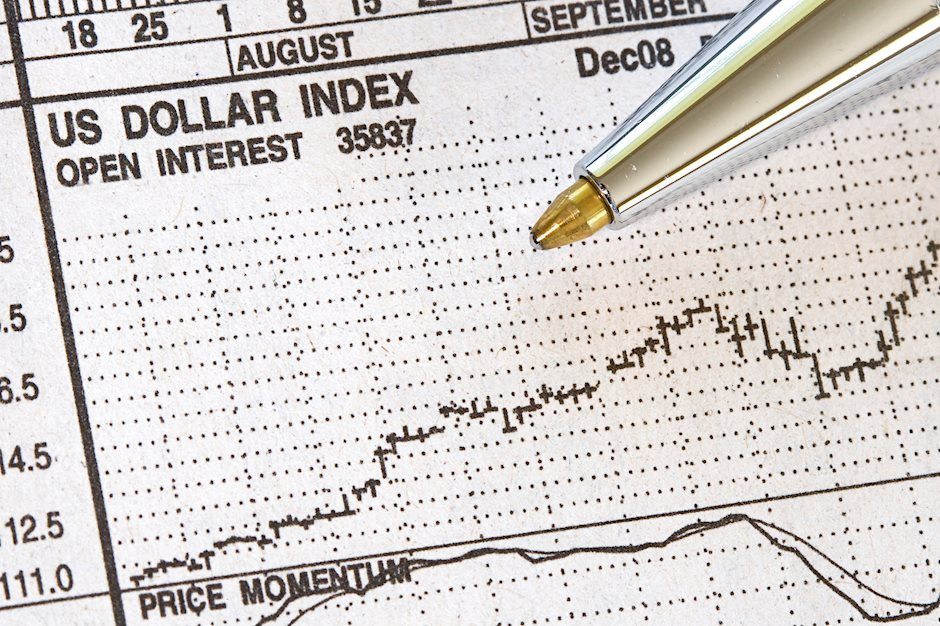US Dollar slips as markets await guidance in Friday's NFP report
- The US Dollar index plunged below its 20-day SMA, trading below 106.00.
- Soft labor market data seems to be pushing the buck lower.
- If economic data continue coming in soft, markets might continue to bet on a more dovish Fed.

The US Dollar (USD) is under significant selling pressure on Thursday as markets gear up for the release of November's United States (US) Nonfarm Payrolls (NFP) data on Friday. The Greenback’s decline has been driven by weaker-than-expected labor market signals, including a sharp rise in Initial Jobless Claims and an increase in layoffs reported by the November Challenger Job Cuts data.
Friday’s NFPs from November will set the pace of the USD’s price dynamics for the next sessions.
Daily digest market movers: Buck continues weak ahead of Friday’s NFP
- The Challenger Job Cuts report for November revealed 57,727 layoffs, higher than October's 55,597, signaling a concerning uptick in job cuts.
- Weekly Initial Jobless Claims for the week ending November 29 surged to 224,000, exceeding expectations of 215,000 and up from the previous week's 215,000.
- The CME FedWatch Tool now suggests a 70% probability of a 25 basis points (bps) rate cut at the Federal Reserve's (Fed) December 18 meeting.
- As the Fed has stated that it remains data-dependant, if NFPs on Friday show weak results, it might start to fully price in a cut in December’s meeting.
DXY technical outlook: Short-term weakness intensifies, 20-day SMA gone
The US Dollar Index (DXY) broke below its 20-day Simple Moving Average (SMA), marking a critical technical setback that has weakened its short-term outlook. Indicators such as the Relative Strength Index (RSI) and Moving Average Convergence Divergence (MACD) are nearing negative territory, underscoring the growing bearish momentum.
Key support levels now lie at 105.50 and 105.00, while resistance may emerge at 106.50 and 107.00. With the DXY losing steam, market participants will closely watch Friday's NFP data for any signs of reversal or further deterioration.
Central banks FAQs
Central Banks have a key mandate which is making sure that there is price stability in a country or region. Economies are constantly facing inflation or deflation when prices for certain goods and services are fluctuating. Constant rising prices for the same goods means inflation, constant lowered prices for the same goods means deflation. It is the task of the central bank to keep the demand in line by tweaking its policy rate. For the biggest central banks like the US Federal Reserve (Fed), the European Central Bank (ECB) or the Bank of England (BoE), the mandate is to keep inflation close to 2%.
A central bank has one important tool at its disposal to get inflation higher or lower, and that is by tweaking its benchmark policy rate, commonly known as interest rate. On pre-communicated moments, the central bank will issue a statement with its policy rate and provide additional reasoning on why it is either remaining or changing (cutting or hiking) it. Local banks will adjust their savings and lending rates accordingly, which in turn will make it either harder or easier for people to earn on their savings or for companies to take out loans and make investments in their businesses. When the central bank hikes interest rates substantially, this is called monetary tightening. When it is cutting its benchmark rate, it is called monetary easing.
A central bank is often politically independent. Members of the central bank policy board are passing through a series of panels and hearings before being appointed to a policy board seat. Each member in that board often has a certain conviction on how the central bank should control inflation and the subsequent monetary policy. Members that want a very loose monetary policy, with low rates and cheap lending, to boost the economy substantially while being content to see inflation slightly above 2%, are called ‘doves’. Members that rather want to see higher rates to reward savings and want to keep a lit on inflation at all time are called ‘hawks’ and will not rest until inflation is at or just below 2%.
Normally, there is a chairman or president who leads each meeting, needs to create a consensus between the hawks or doves and has his or her final say when it would come down to a vote split to avoid a 50-50 tie on whether the current policy should be adjusted. The chairman will deliver speeches which often can be followed live, where the current monetary stance and outlook is being communicated. A central bank will try to push forward its monetary policy without triggering violent swings in rates, equities, or its currency. All members of the central bank will channel their stance toward the markets in advance of a policy meeting event. A few days before a policy meeting takes place until the new policy has been communicated, members are forbidden to talk publicly. This is called the blackout period.
Author

Patricio Martín
FXStreet
Patricio is an economist from Argentina passionate about global finance and understanding the daily movements of the markets.

















